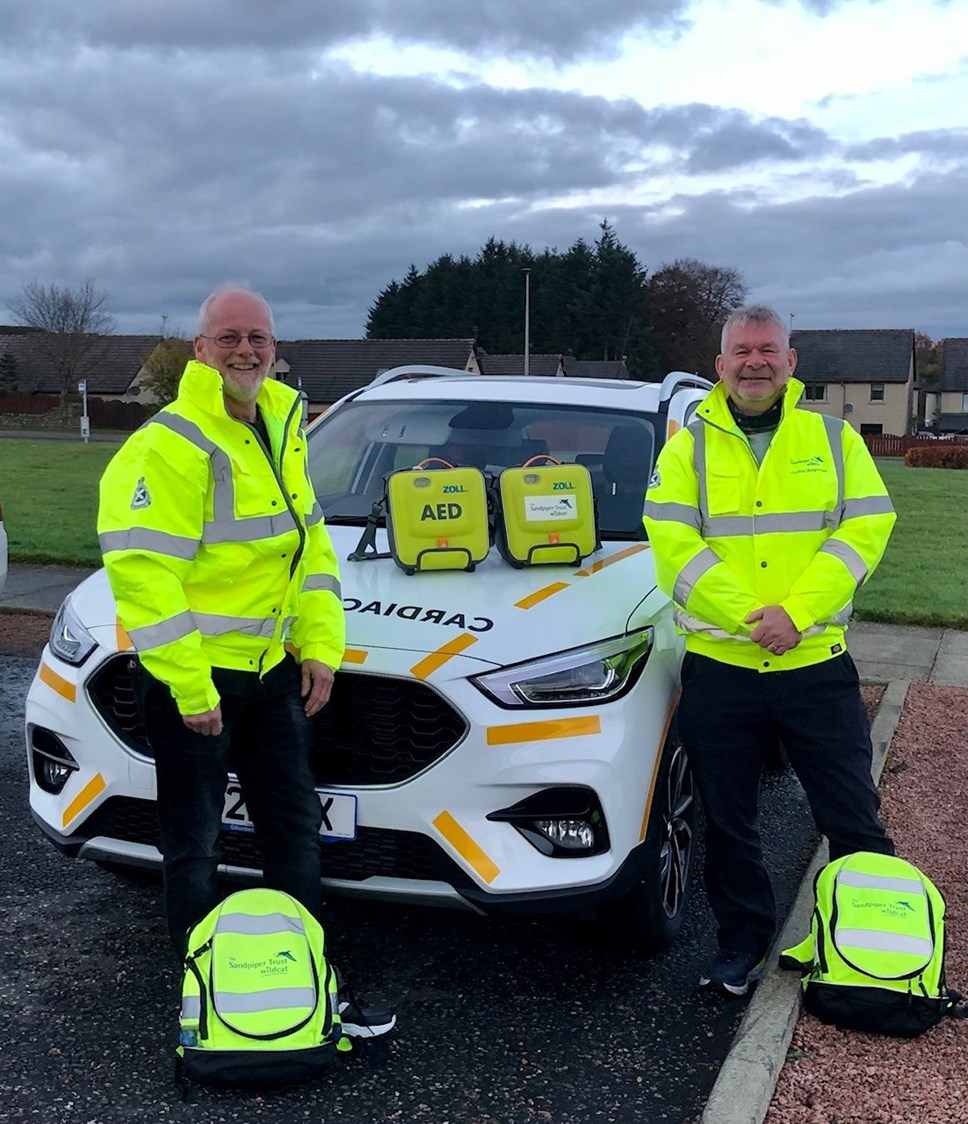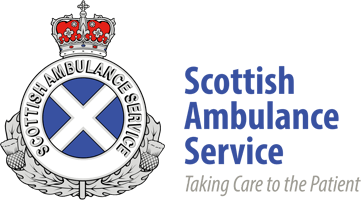
SAS Wildcat Cardiac Responders supporting local communities in the North East
A lifesaving initiative that utilises volunteers to respond to out-of-hospital cardiac arrests has been relaunched by the Scottish Ambulance Service.
The Sandpiper Wildcat project first began in 2016 as a collaboration between BASICS Scotland, Resuscitation Research Group Edinburgh University, SAS and the Sandpiper Trust, and after a successful four year project, halted prematurely by the COVID19 pandemic, the initiative has now been re-established, led by the Community Resilience Department of the Scottish Ambulance Service.
SAS Wildcat Cardiac Responders are volunteers from diverse backgrounds that devote their time to responding to emergency calls for cardiac arrests in remote locations across North East Scotland.
The Wildcats are dispatched via the GoodSAM app and, similar to SAS Community First Responders, will play an integral role in the delivery of the Out-Of-Hospital Cardiac Arrest Strategy.
The GoodSAM app works by sending out an alert, generated from an emergency call to the Scottish Ambulance Service, to a Wildcat responder if they are within a 10km radius of someone suffering a cardiac arrest. This allows the volunteer to quickly reach a patient in their community perform CPR, deploy an AED and provide support to the patient's family while an ambulance is on its way.
Lorna Donaldson, SAS’s Cardiac Responder Development Lead, has been leading on the re-engagement of the volunteers. She has been providing them with the required training and support to enable them to respond to emergency calls and help people in their local community, whilst keeping themselves safe during the pandemic. With nearly 100 wildcat volunteers now back responding, the initiative is going from strength-to-strength.
Lorna says: “With the launch of the GoodSAM app at the end of September, the first couple of months for our Wildcat Responders has been very positive. There are over 100 Automated External Defibrillators (AED) in the Grampian region which Wildcat volunteers can access as they provide an emergency response to out-of-hospital cardiac arrests.
“We encourage our Wildcats to work in groups in the community, and if a number of our volunteers can attend a scene, then it makes it even more effective in being able to treat a patient who has gone into cardiac arrest and give them the best chance they can of survival.”
Jim Brand, who retired from the oil and gas industry in 2019, has volunteered as a Wildcat since the original project was launched, he has also been a volunteer Community First Responder with SAS since 2011. Jim said:
“I am very keen on bystander CPR and training in CPR for schools and community groups. Wildcat seemed to be such a fantastic idea to provide immediate Cardiac Arrest response throughout remote and rural locations. One of the most rewarding aspects in being a Wildcat responder is being able to help people and try your best at one of the lowest points in their lives. When a success is achieved, it is hugely rewarding.”
Wildcat Responder Ian Hendry also worked in the oil and gas industry, where he was involved in emergency response duties both onshore and offshore. Having previously volunteered for the Wildcat project, he volunteered once more when the project was relaunched.
Ian said: “Providing the immediate care required for patients is vital should an out-of-hospital-cardiac arrest occur, and being able to arrive quickly and commence CPR is essential. Statistically, the outcome will not always be what we want and having experienced this many times, this prompt response gives some comfort to families and loved ones of the patient at what is very traumatic time for them.
“Upon arrival, the technicians and paramedics will assume the lead, and we’ll focus on supporting the family or loved ones, and that aspect is also very rewarding. Another very important area is being able to educate community groups on the chain of survival, how to recognise an OHCA and following a call for help, how to perform chest compressions. This educational aspect is so important and is key to helping improve the survival rates of OHCA across Scotland in the years ahead.
“As a responder, it can at times be challenging depending on the situation we are faced with but we receive thorough regular training, have the opportunity to meet other responders where we can share different scenarios and experiences, and we also have great support from the team at the Scottish Ambulance Service.”
Contact Information
Scottish Ambulance Press Office
Notes to editors
The Wildcat Cardiac Responder programme is currently only operating in the Grampian area, however initial planning is underway to roll this initiative out to other areas of Scotland.
The Out-of-Hospital Cardiac Arrest Strategy 2021 – 2026 is a five-year plan delivered by a wide ranging partnership including the Scottish Ambulance Service, the Scottish Fire and Rescue Service, Police Scotland, the Scottish Government, Defence Medical Services (Scotland), third sector organisations and the Resuscitation Research Group at the University of Edinburgh.
